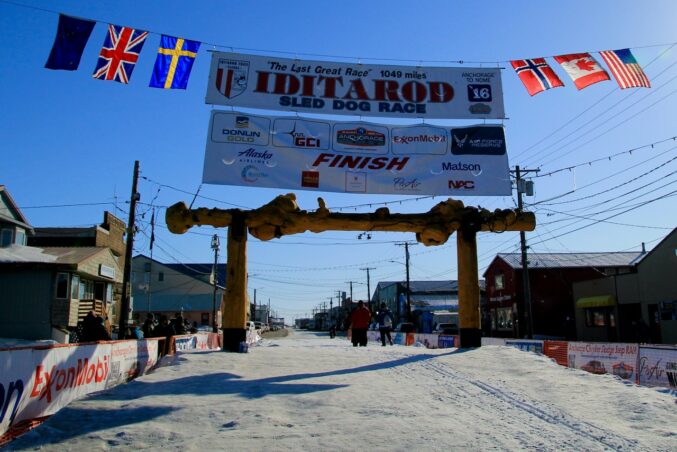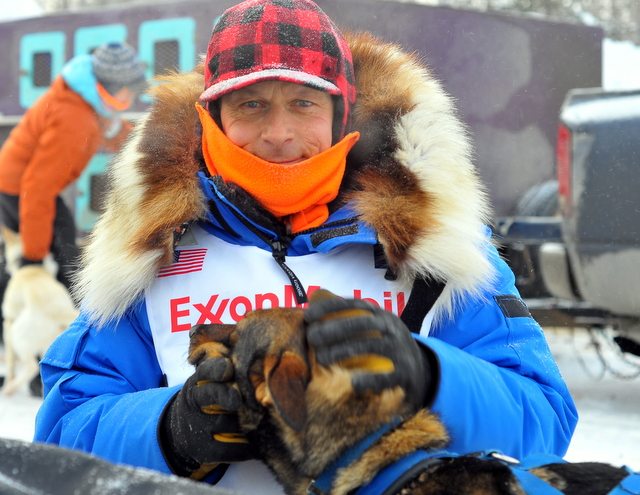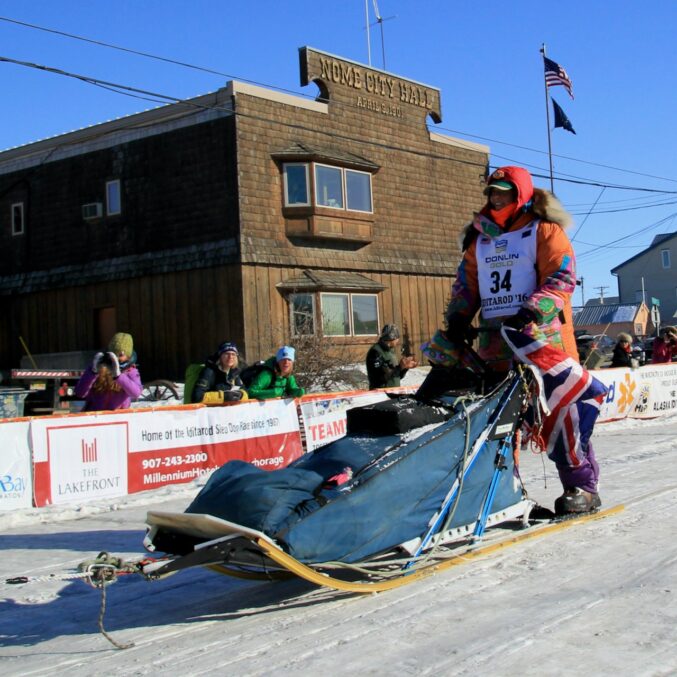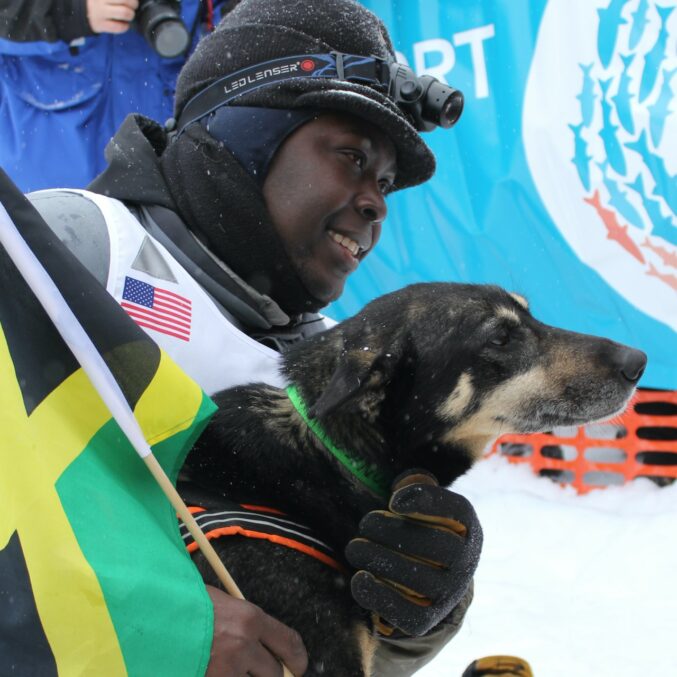One of the things I love most about the Iditarod is the international flavor present at the event. According to Iditarod Race History, mushers from twenty-five countries have participated in the Iditarod. Astronauts from twenty-one countries have visited the International Space Station. So in this sense, the Iditarod has space exploration beat!
I thought it would be fun to talk about international representation in the Iditarod and in human space flight. The International Space Station was launched in 1988. Its participating partners are the U.S., Russia, Canada, Japan, and eleven European countries who are members of the European Space Agency. Each member agency is responsible for operating the hardware it delivers. Expedition 70 began in September 2023, and its crew includes astronauts from Denmark, the United States, Japan, and Russia.
As of this writing, there are 36 mushers signed up for the 2024 Iditarod. Most are from the U.S., with representation from Canada, Sweden, Denmark, and Switzerland. Although Nic Petit is listed as hailing from Alaska, he is French through and through–and brings a certain je ne sais quoi to the race! Another international favorite is Mille Porsild from Denmark, who proudly flies a Danish flag behind her sled during the first 11 miles of the Ceremonial Start. Before the start of every Iditarod race, a ribbon-cutting ceremony takes place beneath international flags, and the same flags flutter to welcome participants to the Burled Arch at the end.

International Flags flutter over the Burled Arch in Nome. Photo: Terrie Hanke
Moments of international significance are sprinkled throughout both the Iditarod and human space flight. In 1975, during the Apollo-Soyuz Project, a historic handshake was captured on camera between Russian cosmonaut Alexei Leonov and U.S. astronaut Thomas Stafford. Later, as the U.S. began planning a long-term space station, Russia was invited to participate. The International Space Station (ISS) was born out of these collaborations. The ISS has been built piece by piece by participating space agencies. In this video, charismatic Canadian astronaut Chris Hadfield shares his pride in the robotic Canadarm2.
One of the most important international events took place at the finish of the 2002 Iditarod. Martin Buser, originally from Switzerland but moved to Alaska in 1979, was the first non-U.S. participant to win the Iditarod in 1992. Buser went on to win a total of four times. Buser won in 2002—breaking the nine-day record—and then took the oath of U.S. Citizenship underneath the Burled Arch. In the opening speech to a conference of the NBBI, he talked about the significance of changing international allegiance: “You cannot conjure that up. That was one of the greatest experiences anybody could ever have, simply because the energy was so great. I needed to prove to my then 12-and 14-year-old boys that this is the soil I wanted to defend, this is where I belonged.”

Martin Buser giving his dog some love. Photo: Iditarod Media
It is quite interesting to learn that many of the countries who have astronauts with time on the International Space Station also have mushers who have participated in the Iditarod: Brazil, Sweden, Spain, Italy, Great Britain, France, Denmark, Belgium, South Africa, Canada, Russia, and the U.S. Wouldn’t you love to sit at a nearby table in a coffee shop and eavesdrop on those conversations?
- Kim Franklin from the UK. Photo: Terrie Hanke
- Newton Marshall, Jamaica. Photo: Terrie Hanke
In human space flight, today’s ongoing partnership between the U.S. and the USSR evolved from an early rivalry. Although the International Space Station has hosted fifty-nine Russian cosmonauts, one Russian musher, Mikhail Telpin, has completed the Iditarod. Telpin’s first dogsled race was the Nadezhda-Hope race in 1994. This International race began in 1991 as part of the detente between the U.S. and the USSR and was designed to begin in Nome, AK, and end in the city of Anadyr, Chukotka. After pursuing this route for only one year, the race continued only on the Chukotka side of the Bering Strait. One of the Nadezhda-Hope’s 1991 international participants was Norwegian musher Ketil Reitan, who also completed the Iditarod and is the father of 2022 Red Lantern Award winner Apayauq Reitan. And with that, we have come full circle around the globe!
Global cooperation is another way the Iditarod connects to human space flight. When you get a chance, I encourage you to research the international connections around you–whether it’s your class, colleagues, or friends. You might find yourself, as I did, traveling the world from the comfort of your desk! Warm international relations are a cornerstone of our global society, and of our favorite race, the Iditarod. As always, feel free to email me at emailtheteacher@iditarod.com.




